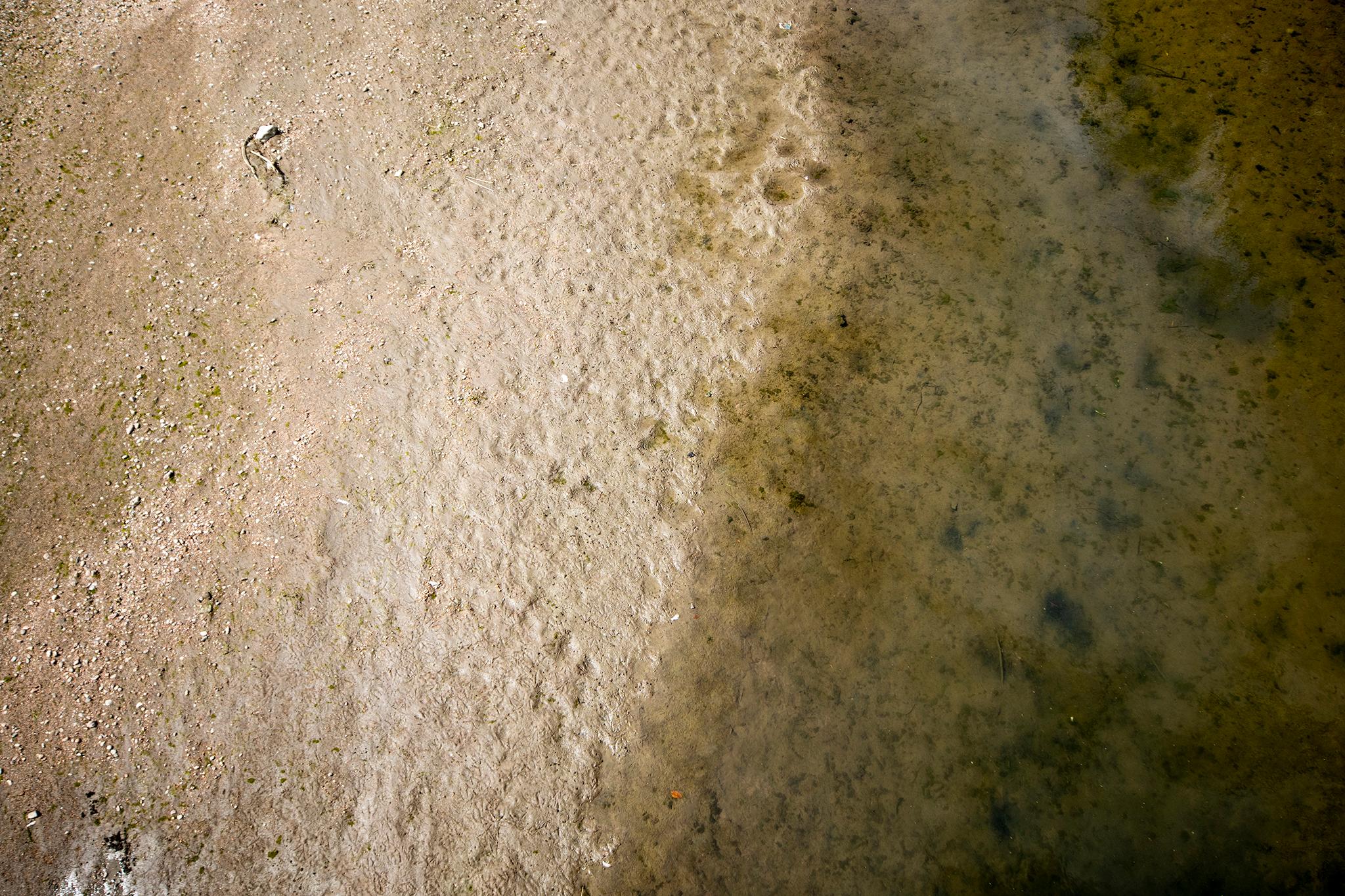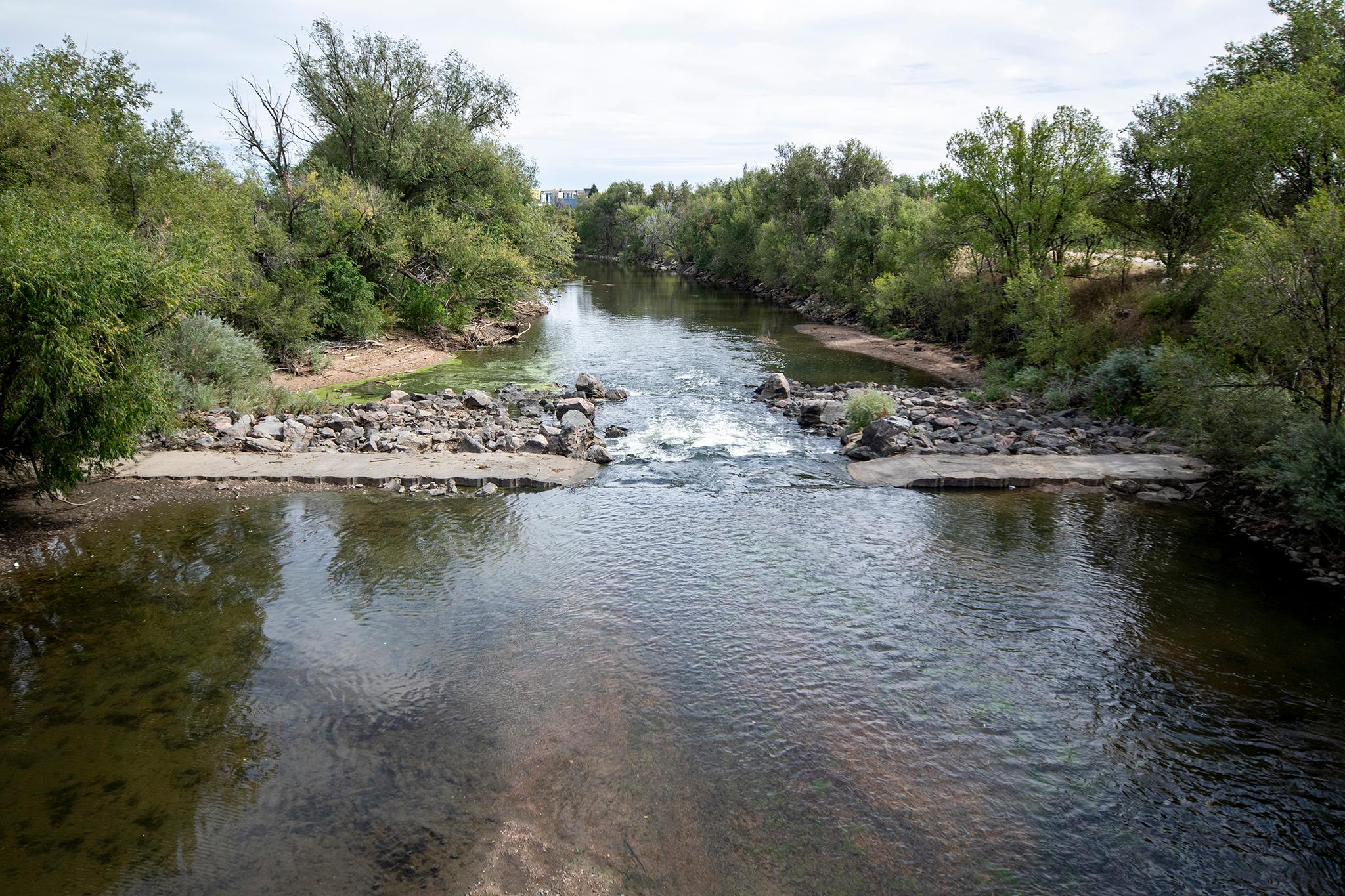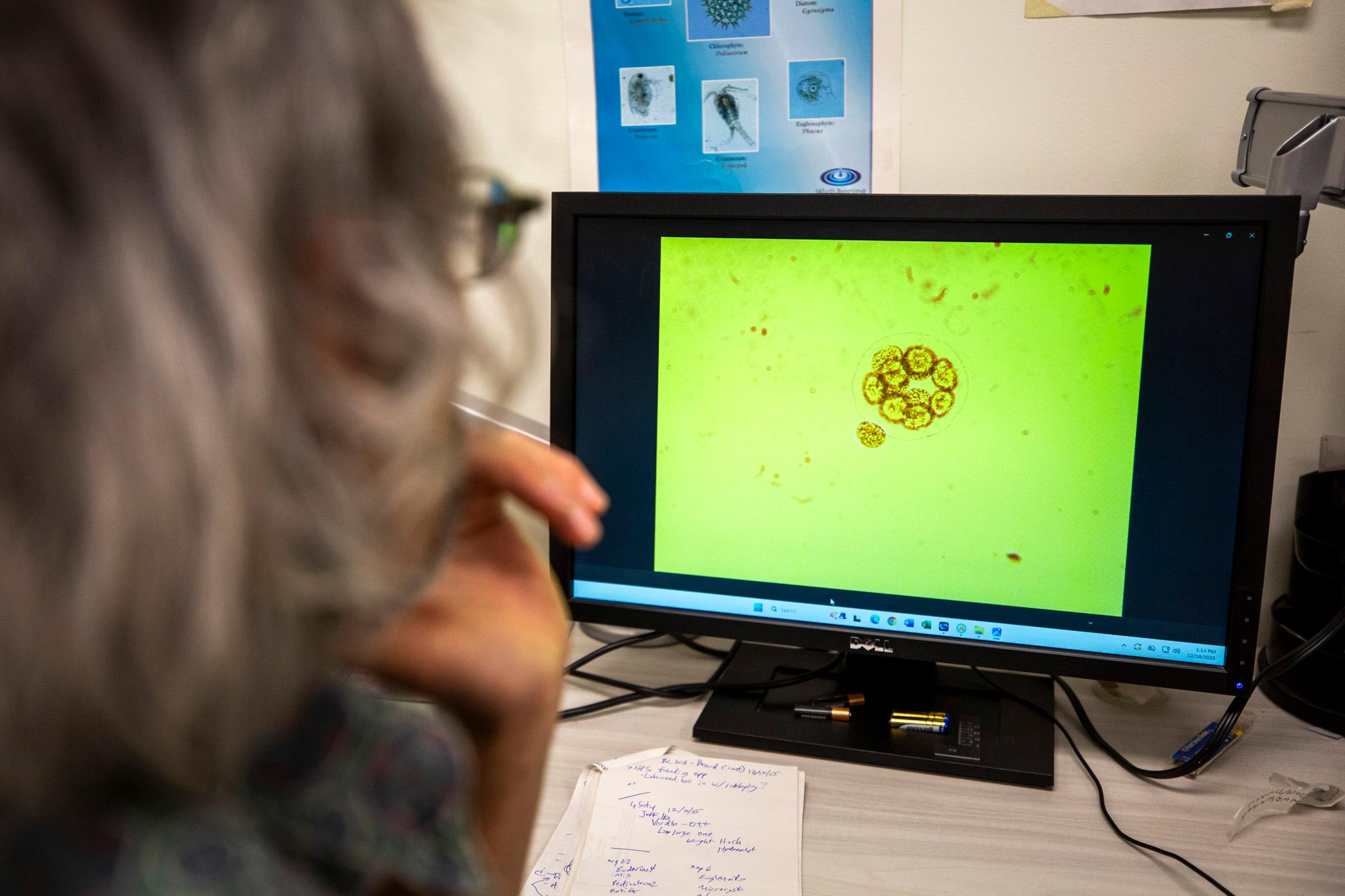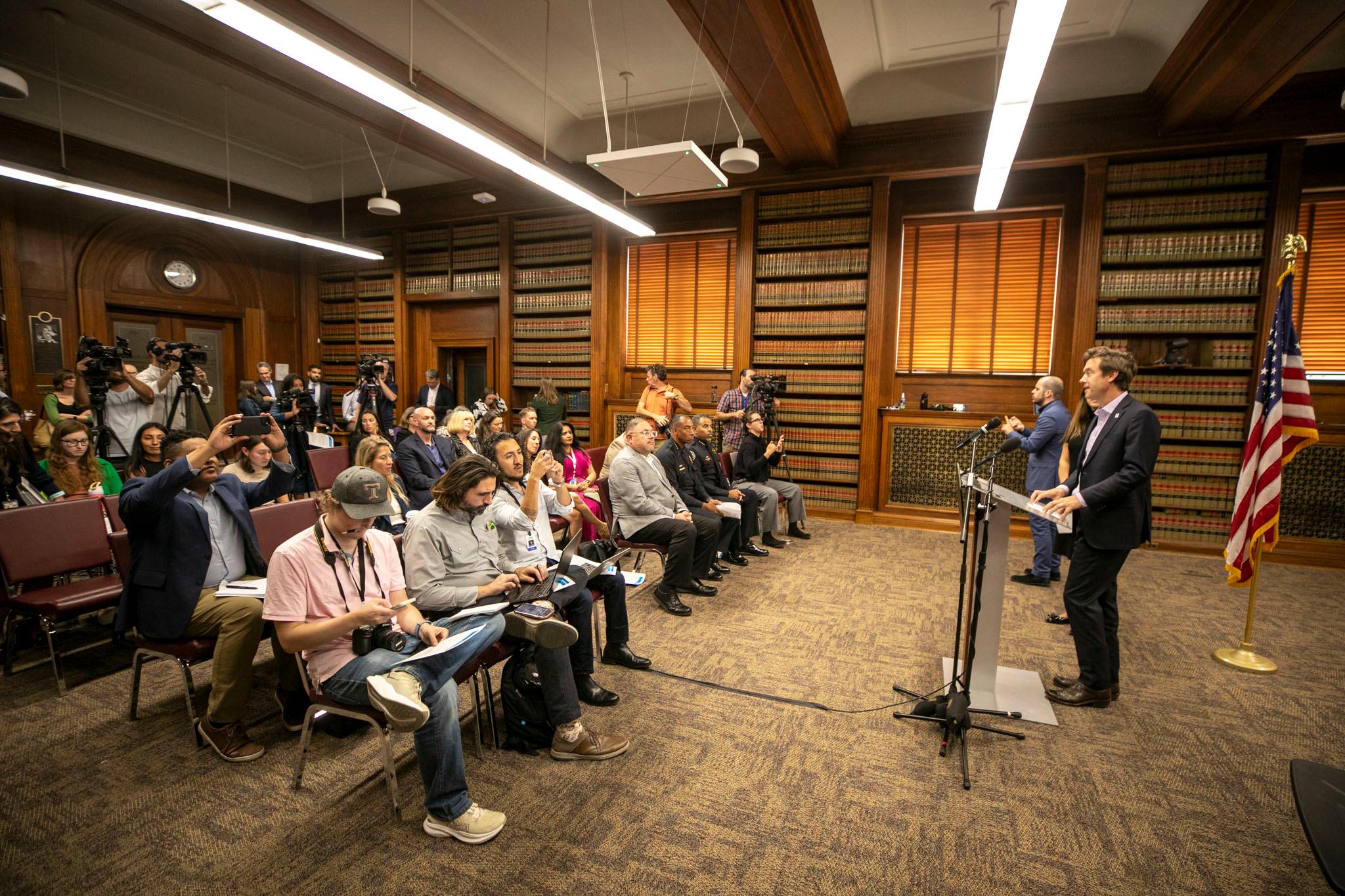For a while now, Denver humans have sought to undo the harm they did to the South Platte River. The latest attempt to repair the damage from industrial pollution, development and flood control projects includes a $12.4 million investment.
The Chatfield and Bear Creek reservoirs were built in 1975 and 1982, respectively, to reduce the chance of terrible floods downstream in Denver. But they came with unintended consequences. Downstream, the ecosystem suffers from unnatural hydraulics: Some fish cannot pass like they used to. Shade is sparse. Animals and plants that used to flourish on the river are locally extinct while invasive species rule the banks.
So back in 2010 the city asked the Army Corps of Engineers, which owns and operates the reservoirs, to figure out how to retrofit the river. Nine years later, the study is complete and, as of Monday, the Denver City Council has approved an agreement with the military's civil engineering arm to work on fixing the flow, mostly at the federal government's expense.
A biologically healthy river is, of course, good. A swimmable and fishable river, which the Hancock administration has made a primary goal for the Platte, is even better. But we're a long way off from that reality.
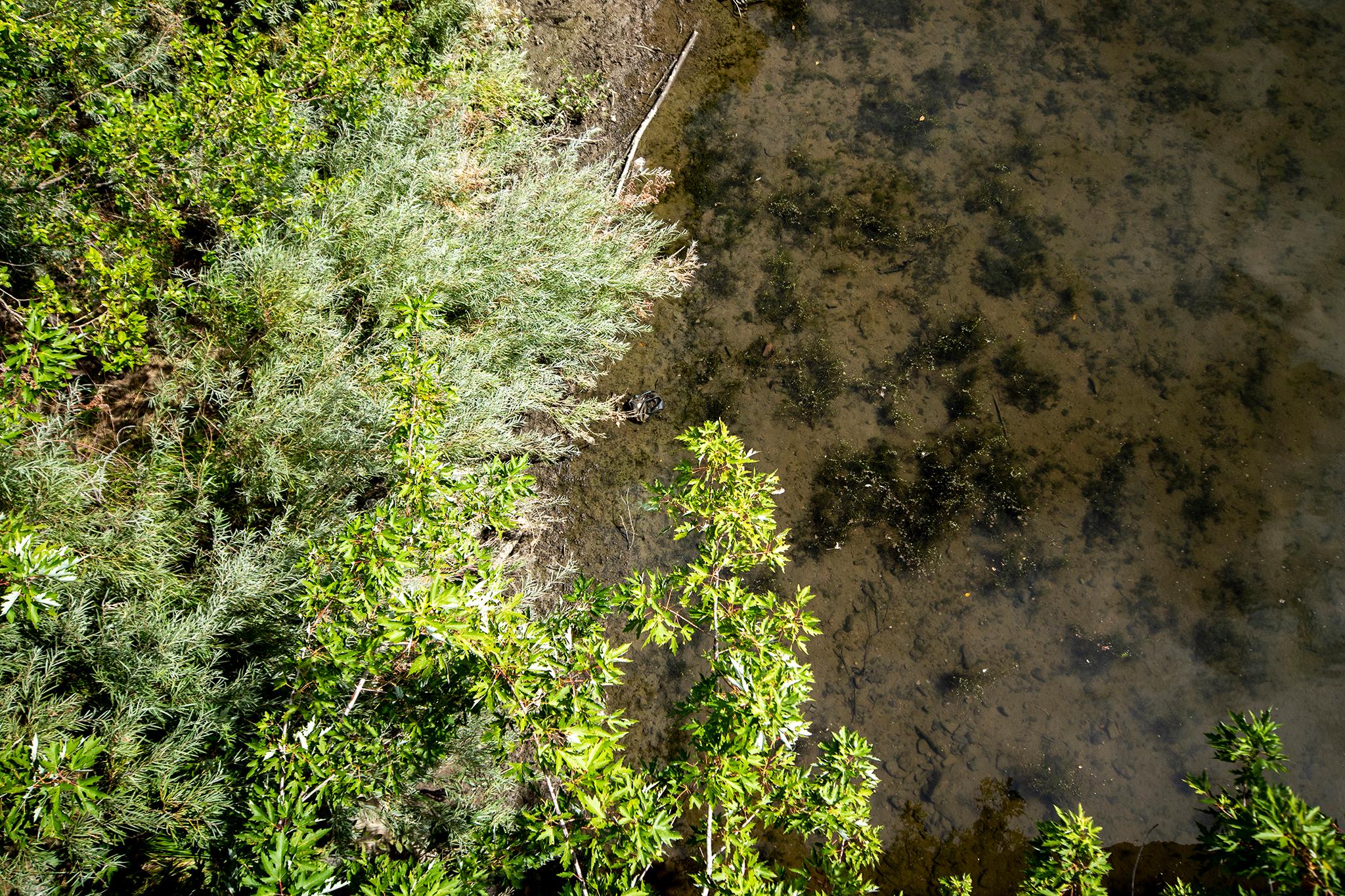
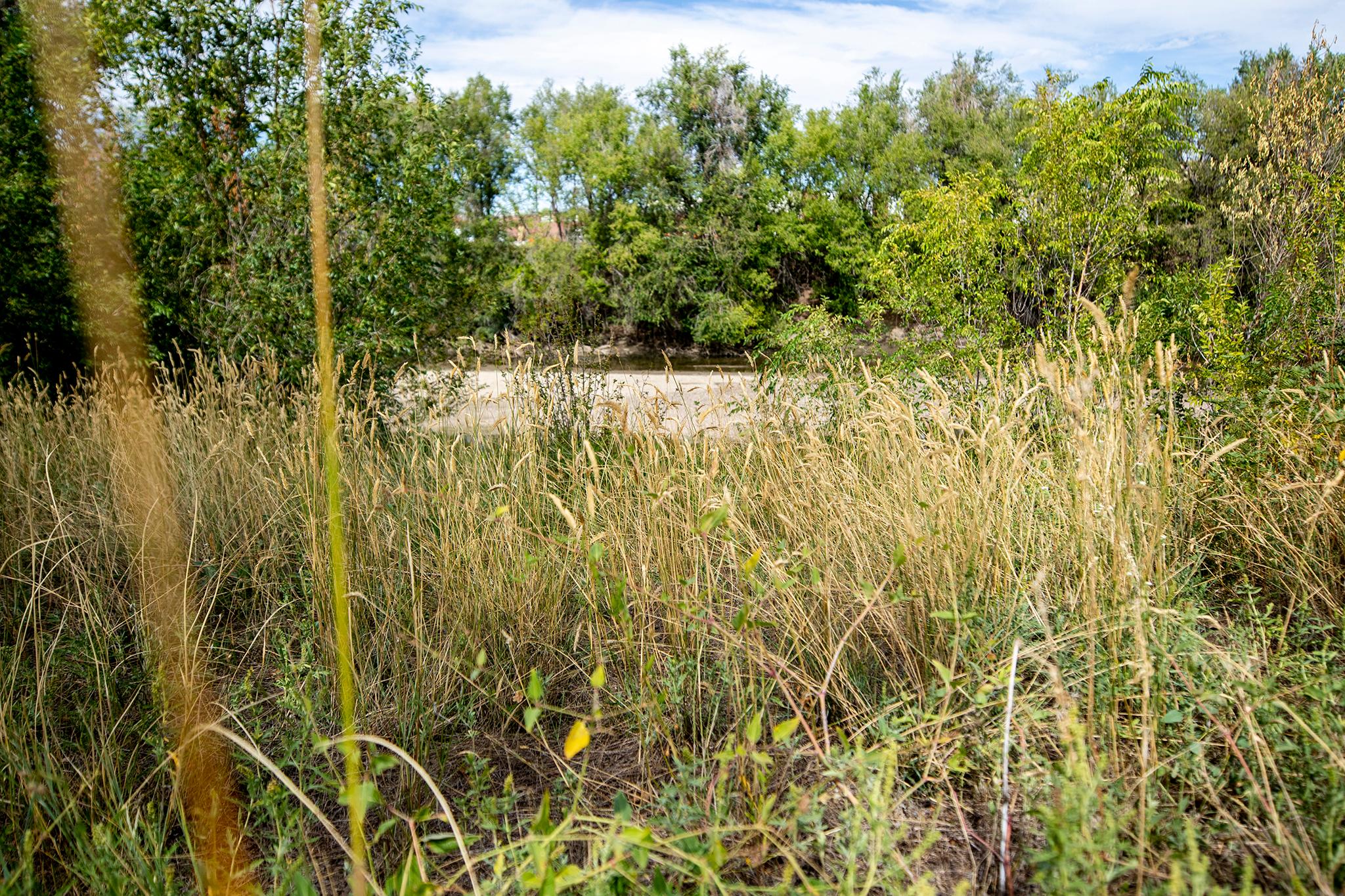
"The city has an adopted goal to make the river swimmable and fishable and there are real obstacles to that," said City Council President Jolon Clark, whose district crosses the project area. "Projects like this help us get closer to that standard for people, but also to restore habitats in that highly urbanized areas."
Cottonwood trees -- which provide a habitat for 82 percent of Colorado's birds, according to the Army's study -- and Willows used to naturally dominate the banks. Now invasive species do. Those species will be removed and replaced with native vegetation.
Denver also hopes to attract three formerly common species back to the South Platte: the Preble's meadow jumping mouse, the Colorado butterfly plant and the Ute ladies'-tresses orchid.
The trio is "no longer found in the proposed project area, and current habitat conditions on-site are unlikely to support any of the three species," the Army's plan states. "Proposed restoration efforts will likely improve habitat conditions that would be beneficial to all three species."
Fish will also get a helping hand. Right now the unnatural flows created by humans make it hard for fish to pass through. "Drop structures" -- think of them as waterslides made with natural materials -- will change that, according to city documents.
In some cases diversifying the river's habitat and flow just takes rearranging rocks or adding them. Boulder clusters and rock vanes, or pockets of water created by rocks, will make the river more dynamic and pleasing to more critters.
Right now the project is scheduled for completion in 2022 -- two years after the Hancock administration's self-imposed deadline to make the Platte swimmable and fishable.
